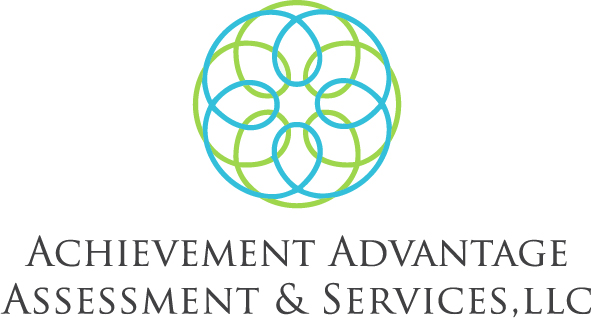Last week, we talked about interventions that address phonological awareness and phonics needs. While these types of interventions are helpful to many students, the majority of students with a specific learning disability in basic reading and students with dyslexia need a very specific form of intervention to remediate deficits in the areas of word identification and decoding/encoding. This comes in the form of structured literacy. Although there are many structured literacy programs that research has proven to be effective, they all share the same teaching principles which are discussed below.
Systematic and Cumulative Direct Instruction
Structured literacy uses a systematic approach to explicitly teach students how to decode words using a specific scope of material that is covered in a specific sequence to ensure that concepts build on each other in a meaningful way. A systematic approach ensures that the concepts are taught following the logical order of language with the easiest and most basic concepts being taught first before progressing to more difficult concepts. Cumulative instruction means that each portion of the program reviews and builds on the concepts taught previously. With this type of intervention, a child practices a wide range of reading skills that build on each other over time, helping students read more effectively. This means that students work on skills like phonological awareness, sound to symbol association, syllables, and morphology. Each skill is broken down and each component is directly taught to the student with frequent repetition and opportunities to practice the skill to the point of mastery.
Diagnostic Teaching
Diagnostic teaching means that both the informal and formal data that is collected during instruction is utilized to drive subsequent lessons for the students. Both observation and more formalized assessment measures are used to determine which skills the student has mastered to the point of automaticity and which skills should be targeted for further instruction.
Immediate Feedback
Feedback is another important component of structured literacy programs. Because students are working individually with an instructor or in a small group, they are provided immediate feedback throughout the program. This allows the instructor to ensure that students are correctly applying skills and that errors are immediately corrected.
Multisensory Approach
Structured literacy programs use a multi-sensory approach to help students grasp reading skills. This means that the students use of all their senses (visual, auditory, kinesthetic, and tactile) to reinforce the systematic sequence of skills that they are learning. Some examples of this are writing letters or words in the air, in sand, or in shaving cream.
The teaching principles outlined above are key elements to what makes structured literacy effective. Next week, we will discuss the instructional elements that are integral to structured literacy programs.


